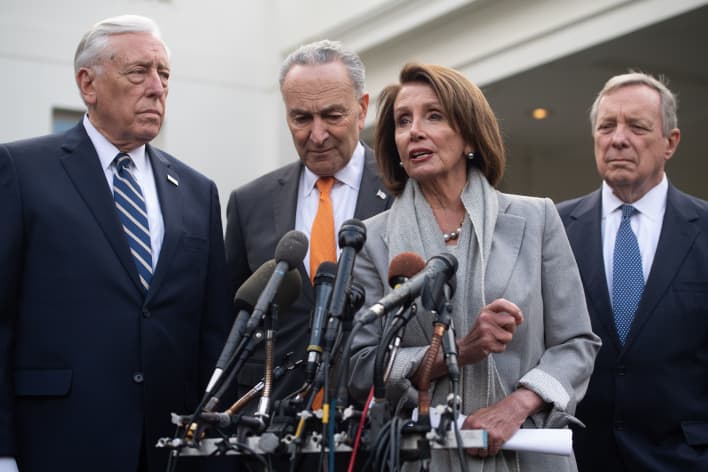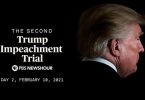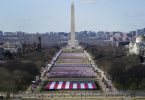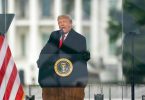https://www.cnbc.com/2019/01/15/source-white-house-believes-shutdown-will-be-twice-as-costly.html
The Trump administration now estimates that the cost of the government shutdown will be twice as steep as originally forecast.
The original estimate that the partial shutdown would subtract 0.1 percentage point from growth every two weeks has now been doubled to a 0.1 percentage point subtraction every week, according to an official who asked not to be named.
The administration had initially counted just the impact from the 800,000 federal workers not receiving their paychecks. But they now believe the impact doubles, due to greater losses from private contractors also out of work and other government spending and functions that won’t occur.

If the shutdown lasts the rest of this month, it could subtract a sizable half a percentage point from gross domestic product, the official said.
The subtraction from growth would add to the troubles of an economy already thought to be slowing from the waning effects of tax stimulus, trade tensions and gathering global weakness.
The administration’s estimate is more aggressive than some forecasts from Wall Street economists. Those estimates have centered around a 0.1 percentage point cut to growth every two weeks. They have been rising, however, as it looked like the shutdown would drag on.
Mark Zandi, chief economist at Moody’s Analytics, forecasts a half a percentage point hit to GDP if the shutdown lasts through March, roughly a third of the administration’s new estimate.
“We estimate (the shutdown) will reduce first quarter real GDP growth by approximately 0.5 percentage points,” Zandi wrote in a research report. “Of this, about half will be due to the lost hours of government workers, and the other half to the hit to the rest of the economy.” Zandi said his estimate could worsen if the administration can’t continue to triage the effects of the shutdown or if the administration can’t issue tax refunds.
On the other hand, Ian Shepherdson, chief economist at Pantheon Macroeconomics, believes the combination of the shutdown and the tendency of the first quarter to be statistically weaker than the other three means growth could turn negative. “If the shutdown were to last through the whole quarter, we would look for an outright decline in first quarter GDP,” Shepherdson wrote in a report.

Ironically, economists will lack at least some of the high-frequency data that might show the shutdown’s impact because of the shutdown itself. Several key economic indicators are not being published because government data collectors and number crunchers have been furloughed. While labor reports are being issued, the December retail sales report — the most important of the year because it includes Christmas sales — will not be issued this Wednesday.
That makes it highly unlikely that the government will be able to issue the fourth-quarter GDP report due Jan. 30. A Bureau of Economic Analysis official could not say when or whether the GDP report can be issued. “There is no way for us to know until we get back and evaluate all the various data sources that go into the advance estimate of GDP,” the official said.
The official asked not to be named because employees are prohibited from doing government work on furlough. “It’s a little more complicated this time compared to similar events in the past,” the BEA official said, “because some data-providing agencies are open, while others are closed. Once we are back up and running, we will complete our evaluation and publish a revised press release schedule for all of our economic indicators.”

Coincidentally, the GDP report was to have been issued on the second day of the Federal Reserve’s first meeting of the year, where the central bank is struggling to figure out the extent of the slowdown and how to tailor interest rate policy.
But in a statement, a Fed spokesperson appeared to play down the importance of the missing data so far in the central bank’s decision-making.
“While having the full complement of government data available would be beneficial, the Federal Reserve’s staff assessment of economic conditions takes into account a wide range of information from government and private-sector sources, as well as readings on financial and international developments, and staff continue to provide a detailed economic picture for policymakers,” the statement said.







